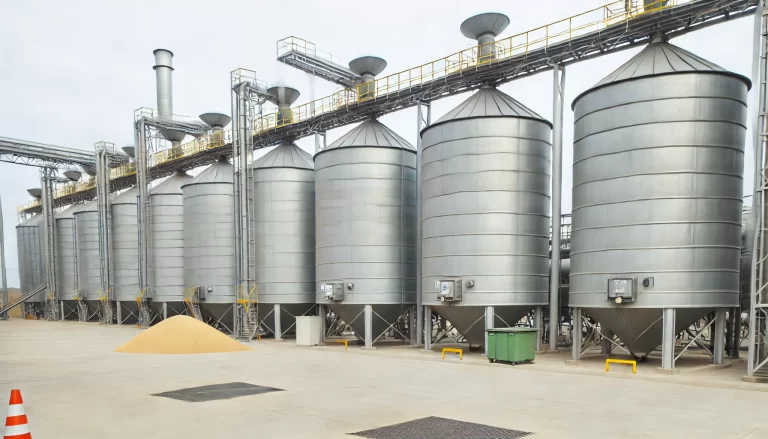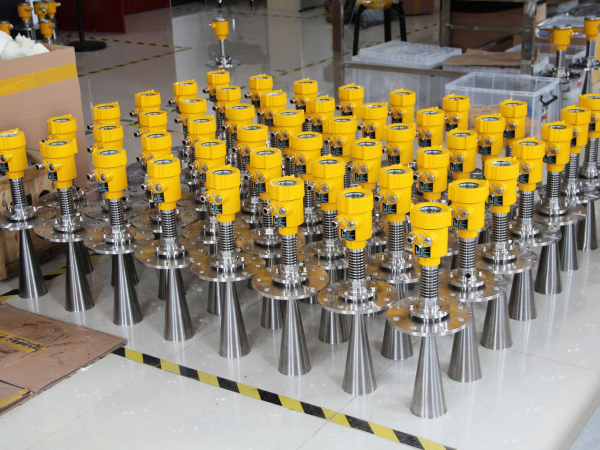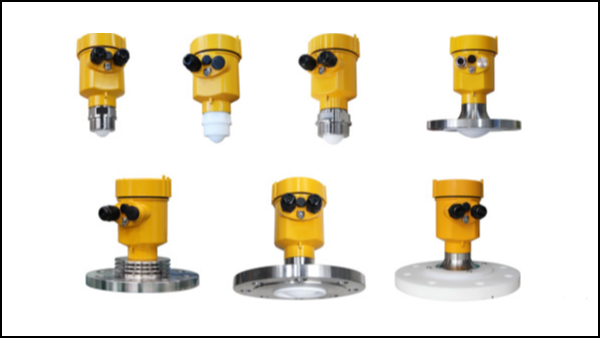As a common feed ingredient, the precise measurement of soybean meal storage volume has a significant impact on the daily operations of feed mills. This article will explore the application of radar level meters in soybean meal storage tanks and how this technology enables high-precision level measurement.

A radar level meter is a device that uses microwave technology for non-contact continuous measurement. It determines the height of material in the storage tank by emitting microwave signals and receiving the reflected signals. Due to its advantages, such as high accuracy, strong anti-interference capability, and ease of installation and maintenance, this equipment is widely used for level measurement in various complex environments.

In the application of radar level meters in soybean meal storage tanks, challenges such as dust, steam, and temperature fluctuations are encountered. Soybean meal dust tends to adhere to the sensor, affecting measurement accuracy, while steam can cause microwave signal attenuation, leading to distorted measurements. Therefore, selecting the appropriate radar level meter model and installation location is crucial for ensuring measurement accuracy.
An effective solution is to use a radar level meter with a high-frequency microwave output. These devices have a smaller beam angle, which can reduce interference from tank walls and other obstacles, thereby improving measurement accuracy. Additionally, choosing a model with a purging function can effectively prevent dust buildup, keeping the sensor clean and ensuring long-term stable operation.
Furthermore, the installation location of the radar level meter should be carefully considered. Ideally, the radar level meter should be installed at the central top of the storage tank to minimize microwave reflections caused by the tank walls, enhancing measurement accuracy. At the same time, it is important to avoid installing the sensor near the feed or discharge ports to reduce the impact of material flow on the measurement results.

In practical applications, the calibration of radar level meters is also an essential step that cannot be overlooked. By combining the calibration procedure with actual field conditions, the accuracy of the measurement data can be further improved. For example, on-site calibration can be carried out using a known quantity of standard material, or software simulations can be used to model measurement scenarios under different conditions, thereby optimizing the radar level meter’s performance parameters.
Radar level meters have demonstrated unique advantages in measuring the level of soybean meal in storage tanks. By selecting the appropriate device model, optimizing the installation location, and implementing strict calibration procedures, high-precision monitoring of the material level in soybean meal storage tanks can be achieved. This not only helps improve production efficiency but also provides strong technical support for the refined management of feed mills.
